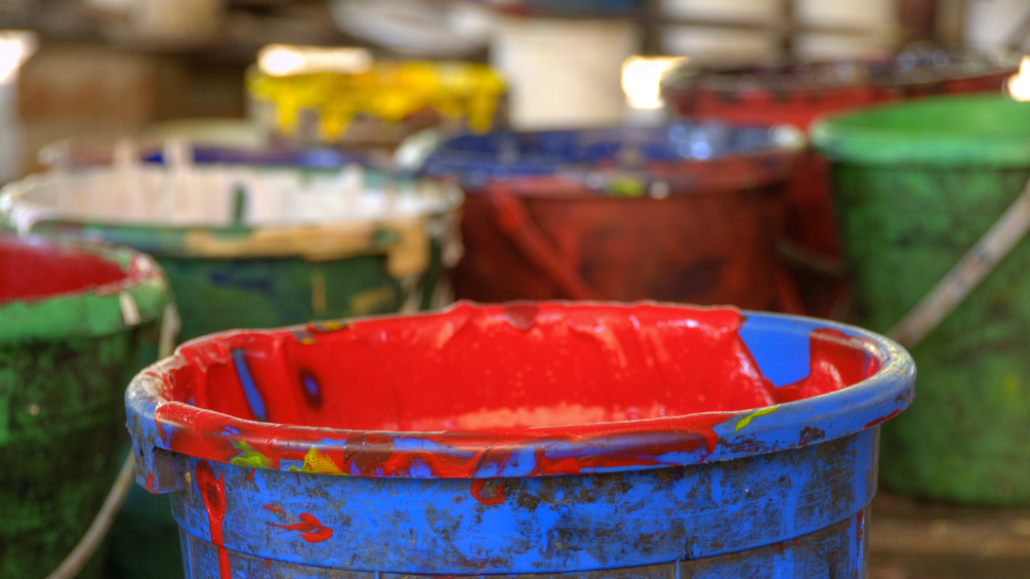
This article was written by Ted Murphy, founder and CEO of IZEA
Everyday you see a new post in trade rags about native advertising, a term which seems to be a catch-all for everything that isn’t a banner ad and is located anywhere in or around content. The native bucket is big – too big. It is overflowing with everything from sponsored blog posts and tweets to those “You might also like” ads featuring the 10 stupidest things I must see today (that somehow always includes a girl in a bikini).
Custom-crafted sponsored content and these type of “You might also like” ads are hardly the same thing, yet they all fall under the native umbrella. Personally, I think sponsored content should fall under the content marketing umbrella, but I think I may have already lost that battle.
You might also buy…
The reality is that the majority of “You might also like” ads are being bought by media companies, not brands. Media companies are selling visitors to other media companies, so all media companies can claim more traffic and sell more sponsorships to brands. It is a never-ending circle of click bait.
These ads are not actually part of the content. They are far from “native” as they aren’t part of the site or experience itself. If you go back tomorrow or even refresh the same page you might see something completely different. These ads are bought programmatically on a CPC or CPM basis and generally feature low-quality “numbers and nookie” headlines designed to grab eyeballs and drive clicks. They are banner ads, dressed up with big fake boobs.
Content is what really matters
The most expensive and coveted inventory on television is product placement and sponsorship of live events. In radio, it’s the live read by the DJ. Why? Because these executions are truly integrated with the content. The marketing message and the content are one and the same. That is where true opportunity for native advertising lies for both brands and publishers. The creation of unique sponsored content that provides value to the reader and compels them to engage wins the day.
Sponsored content provides marketers with a vehicle to drive true engagement, interest and pass-along value. Brands can tap creators to tell a story. They can show a use case. They can connect with a cause. They can align themselves with the voice of a third-party authority with a unique perspective.
While the native catch-all continues to grow, my bet remains on sponsored content. Content is at the core of the entire media space and ultimately what brands value most.
Image via Shutterstock
More from Digiday

Omnicom confirms the pending exit of influential Annalect chief Slavi Samardzija
The CEO and architect of Omni departs, hinting at pending changes as Omnicon continues $13.5 billion IPG takeover bid.

Zero-click search is changing how small brands show up online — and spend
To appease the AI powers that be, brands are prioritizing things like blogs, brand content and landing pages.

From sidelines to spotlight: Esports events are putting creators center stage
Esports events’ embrace of content creators reflects advertisers’ changing priorities across both gaming and the wider culture. In the past, marketers viewed esports as one of the best ways to reach gamers. In 2025, brands are instead prioritizing creators in their outreach to audiences across demographics and interest areas, including gaming.





